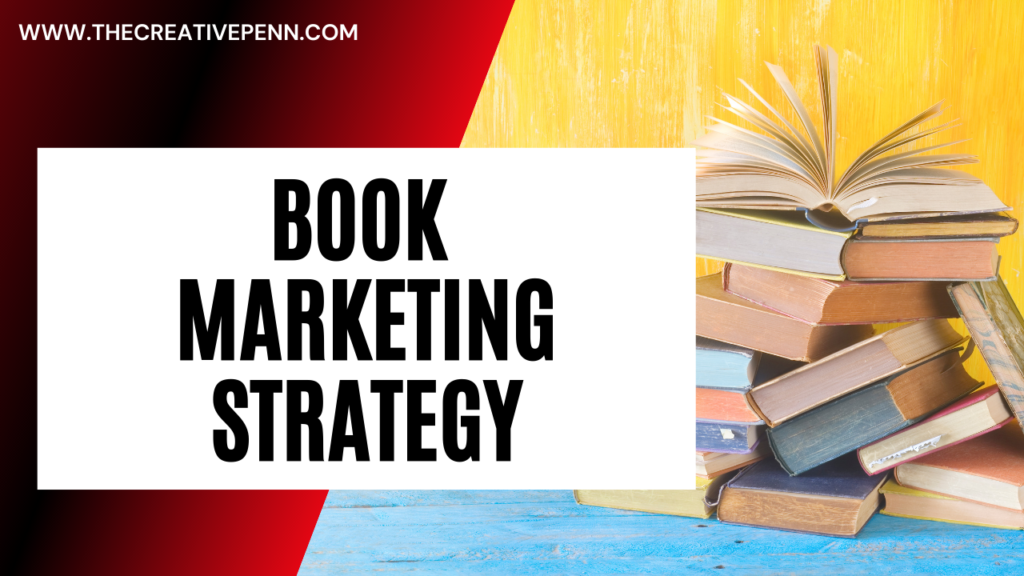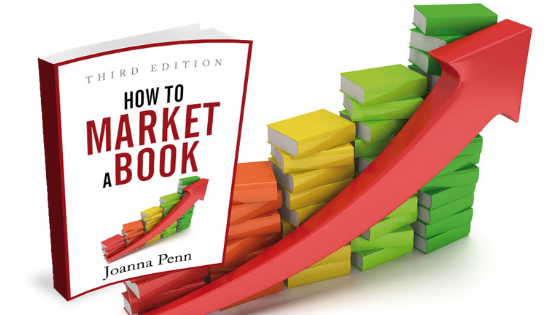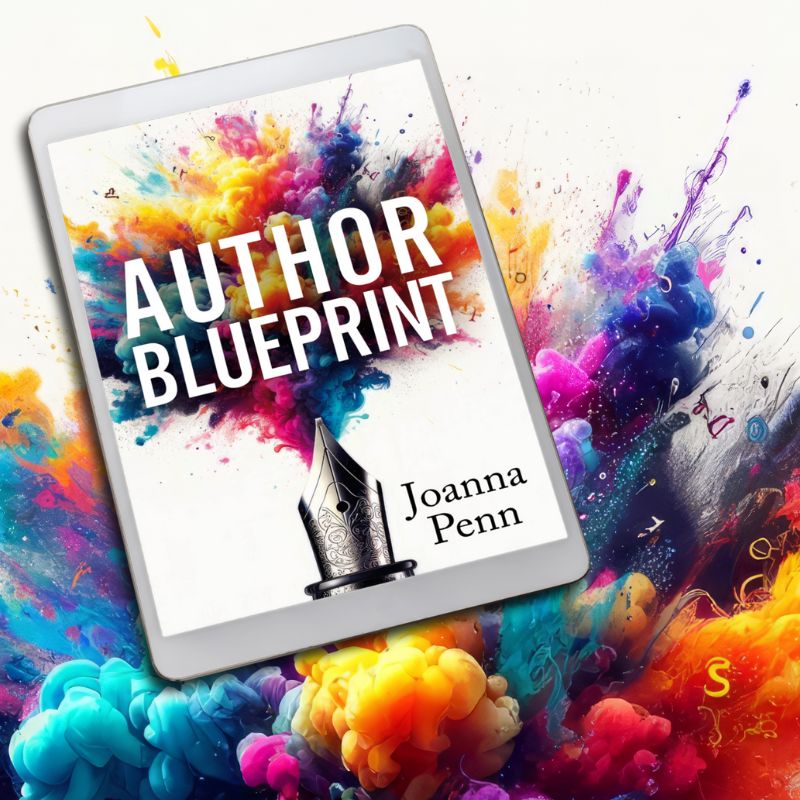Strategy is deciding what you want to do, and perhaps more importantly, what you don't want to do.
That second part is really important, and something many authors lose sight of. If you try to do everything in this book, you will end up burned out, frustrated and exhausted, wondering why the hell you're bothering.
This is an excerpt from How to Market a Book Third Edition, available now in ebook, print and audiobook formats.
What's your why?
You also need to determine why you're putting all this effort into marketing, and this comes back to your definition of success as discussed at the beginning of this book. I'll assume if you've made it this far that you want to sell some books, make some money and perhaps even be an author for the long term. But it's definitely worth writing down your why, so you can look at it when you feel like it's all a bit much!
I love creating new things in the world. I love writing and producing books, educating, inspiring and entertaining people with my words. I write to help people, but also to work out what I think about life. I'm a full-time author entrepreneur, and I also write to earn a (very good) living. Marketing is an important part of my business because it's about reaching readers who might be interested in my books.
There are two aspects to your book marketing strategy – your launch or relaunch, otherwise known as spike marketing, and then what you will put in place for the long term. You will need to consider each type for your brand or author name.
It's important to think beyond just a launch, because once you've got the book off the ground, you want to keep sales ticking on and it's easier to do that with a little constant care. It takes a lot of effort and fuel to get an aircraft off the ground, but once it's airborne, you just need to keep it flying. Maintaining momentum is much easier than getting things started.
You also need to make sure that you stay focused, because scattergun marketing is not as effective. So choose, focus, put your marketing plan into action and then review later when you can decide on what you've learned and what to change. Don't get distracted by shiny object syndrome.
How do you manage your strategy?
Some authors love to create a detailed spreadsheet or project management template that includes all their marketing activities, with specific dates and activities marked out. Others will just wing it. I'm somewhere in between!
Wherever you sit on the spectrum, it's worth having some kind of plan. It will change over time, and it will be different per book. I have three main author brands, and they all have different marketing practices associated with them. Here's my marketing strategy for each, with the assumption that your genre-specific book cover, sales description, categories and keywords are all in place.
Joanna Penn. Non-fiction books, courses and professional speaking
For on-going long-term marketing:
- Permafree book on all ebook stores: Successful Self-Publishing, that leads people to my other books as well as back to my website for tutorials and affiliate links
- Author 2.0 Blueprint. Free ebook and video series as my list-builder and a 15 email auto-responder sequence that includes tutorials and useful information at TheCreativePenn.com/blueprint
- Monthly newsletter with personal photos, useful articles and thoughts on writing
- Weekly audio podcast
- Weekly YouTube video
- Bi-weekly blog posts with search engine optimized headlines aimed at my target market of authors and writers
- Speaking and live events several times a year
- Daily Twitter and Facebook updates
- Guest interviews on other targeted podcasts around writing, creativity, and entrepreneurship
- Regular print book giveaways on Goodreads
For spike marketing:
- Use of pre-orders for new ebooks
- Email to my non-fiction list
- Podcast announcement
- Facebook and Amazon Ads for books, audiobooks, webinars and events
J.F.Penn. Thrillers
For on-going long-term marketing:
- Writing in series which gathers readers over time
- First book in my main series free on all ebook stores
- Free thriller giveaway to build my email list at JFPenn.com/free
- PennFriends Street Team for early reviews
- Use of box-sets and price promotions on all stores
- Co-writing with other authors
- Amazon Ads for similar authors
- Bi-monthly articles on interesting topics on JFPenn.com
- Facebook updates several times a week
- Occasional Instagram pictures
- A Board per book on Pinterest
- Regular print book giveaways on Goodreads
- Bi-monthly podcast at Books and Travel Podcast
For spike marketing:
- Price promotions on free books or reduced boxsets
- Paid email blasts like BookBub, BargainBooksy and others
- Facebook advertising to my list, LookaLike audiences and targeting other authors
- Participation in Bundles and cross-promoting with other genre authors
- Application for promotions on Kobo and Apple Books
You can see that there are different combinations of long-term marketing and spike marketing for each of my author brands. It might seem like a lot to do, but once you get things set up, many of these activities are easily managed. There are ongoing marketing activities for each brand, but I also have a specific focus per month, so each brand gets four months per year when I push it even further.
You will find every author has a different marketing strategy based on the genre they write and what kind of person they are. Your list will look different again.
This is an excerpt from How to Market a Book Third Edition, available in ebook, print and audiobook formats.


